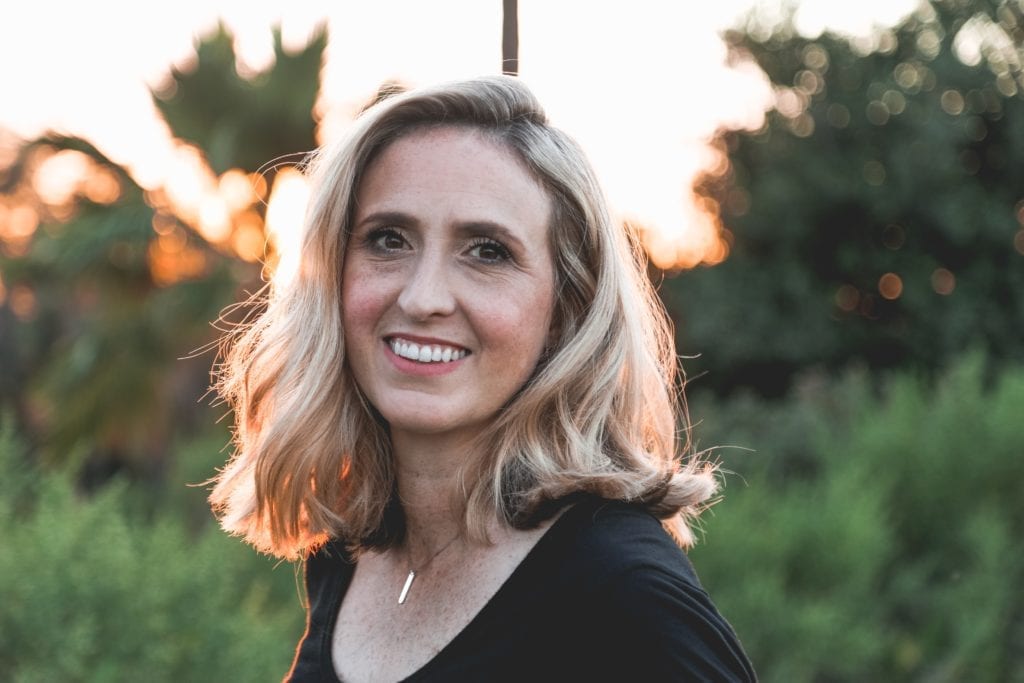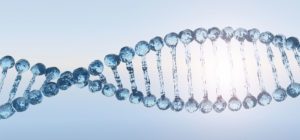The aging process is different for men and women. Discover how the aging female body changes through the years.
RELATED: The Ultimate List Of Brain Boosters: 11 Ways To Increase Your Brain Power
Aging Process in Women: Why Age Is Not Just a Number
1. Bone Density
Osteoporosis, a condition where the bones become brittle, is one of the age-related diseases with serious longevity risk. Even a minor fall can already be life-threatening.
When you’re still young, you feel strong since your body gains density fast. The aging process, however, can begin to slow down by the time you reach 30 years old.
From 35 years old to your menopause age, you lose bone density faster due to significant hormone changes.
Going through a bone density test is usually a part of women over 50 health programs. When necessary, the doctor may require you to increase your intake of calcium and vitamin D.
Together, these two work to support the immune system and enhance the absorption of minerals that strengthen the bones. The doctor may also recommend light physical activity or low-impact exercise like walking and then complement it with strength training.
2. Body Weight
As people age, both men and women tend to put on some weight. It’s because metabolism and muscle development begin to slow down.
Your body no longer burns calories as it used to when you’re in your twenties or teens. Men, however, may be a better lot.
For males, their bodies tend to stop accumulating lots of fat by the time they reach 55 years old. For females, it just goes on and on until they’re old.
Before they reach menopause, most of the fats are seen on the hips. They may also be subcutaneous, which means they are only under the skin.
After menopause, women may start putting on more abdominal or belly fat. Since it develops near vital organs, it is more harmful.
It can increase the risk of chronic diseases such as:
- Heart ailments
- High blood pressure or hypertension
- Diabetes
Steps such as caloric restriction, consistent physical activity, and diet of high-fiber foods and enough protein can help fight fat accumulation.
3. Breast Cancer Risk
The breasts go through multiple changes throughout a woman’s life. Pregnancy makes them engorged, filled with milk.
As you go through the aging process and menopause happens, estrogen levels fall. It can make the breasts droop or sag.
Perhaps the biggest breast health risk is breast cancer. It can occur not only due to the mutation of genes but also changes in estrogen levels.
Studies revealed that prolonged exposure to the hormone could increase the risk of cancer. These include the following scenarios:
- Menstruating at a young age
- Going through menopause at a later age
- Consuming menopausal hormone therapy (MHT) pills to regulate menopause symptoms
Older adults prone to breast cancer should consider going through a mammogram before they hit 50 years old. Learning how to decrease estrogen naturally can also help minimize the risks.
4. Cardiovascular Health
Hormones and weight gain after 50 are not the only effects of the aging process. There’s also cardiovascular health.
Observational studies suggested estrogen decline can increase the risk of cardiovascular disease among menopausal women.
Research on mice pointed out that estrogen can protect the blood vessels, particularly the arteries, from damage. It may also modulate the inflammatory response.
Women may be able to reduce the risk of cardiovascular disease by eating the right diet, exercising, and not smoking.
5. Cognitive Decline and Risk of Alzheimer’s Disease
The aging process can also affect a gender’s predisposition to age-related memory loss and neurodegenerative diseases, such as Alzheimer’s disease and dementia.
In a 2016 research, it was found that men are more likely to experience age-related cognitive decline faster than women. Women, however, may be more prone to Alzheimer’s than men, according to a 2019 study.
The reason? Stress.
A 2018 study in Frontiers in Neuroscience revealed changes in female hormones could impact autophagy.
Autophagy Definition: Refers to the body’s ability to get rid of damaged cells and regenerate new ones
RELATED: Normal Testosterone Levels In Men And Women By Age
6. Skin and Hair Health
The skin can become dry, brittle, and thin as you age. All these mean you lose skin moisture and elasticity faster, resulting in wrinkles and fine lines.
A similar story can happen to your hair. This may explain why you tend to experience more hair fall as you become older.
Whether you like it or not, your skin and hair change—that’s normal aging. You can slow the aging process by:
- Eating a more nutritious diet that fits your age and body needs
- Getting better-quality sleep
- Doing regular physical activity
- Hydrating enough
- Applying sun protection when going out
7. Urinary Incontinence and Pelvic Organ Prolapse
Urinary incontinence means losing the ability to control your bladder. You may already pee before you can get inside the restroom.
One of the common causes of this condition is pelvic organ prolapse. The muscles and ligaments that hold the organs, including the bladder, together can become weak or loose.
Childbirth and hormone changes may increase the risk of pelvic organ prolapse. Strengthening the muscles with pelvic floor or Kegel exercises can help prevent the condition.
Kegel Exercise Definition: Involves the contraction and relaxation of the pelvic muscles to strengthen them
8. Cellular Health
Your chronological age and biological age don’t have to match. You can be 50 years old in your birth certificate, but your body is either 60 years or 40 years old in health.
The difference has something to do with changes in cellular health (or your cells). Many theories try to explain these changes.
One of these is the free radicals or reactive oxygen species (ROS) theory. Free radicals are unstable molecules that can damage the cells, especially the mitochondria, which fuel energy and play a significant role in metabolism.
The cells themselves can produce ROS, but they don’t result in significant harm due to antioxidants.
As you go through the aging process, though, the levels of antioxidants decline. When the body has more free radicals than antioxidants, it experiences oxidative stress.
How does this relate to women? Some research links the cessation of estrogen production to oxidative stress.
Another theory touches on telomere length. Telomeres are the DNA caps at the end of the chromosomes.
Factors such as genetic predisposition, pollution, and toxins can lead to short telomeres. They can also shorten as cells divide.
Short telomeres may result in the signs of aging and senescent cells. These are cells that can no longer divide.
Some studies suggest it’s possible to lengthen or have longer telomeres through lifestyle changes such as maintaining a healthy weight.
The human body is one fine specimen, but it’s not immortal. It eventually goes through the aging process.
The good news is you can take steps to experience healthy aging or extend your lifespan. LIV Health can help you connect to a specialist who can provide you with a personalized healthcare plan according to your ever-changing health needs.
What are the steps you’re taking for healthy aging? Share your tips in the comments section below.
Up Next:
- What Is Senescence? An Overview Of Senescent Cells And Biological Aging
- How To Achieve Optimal Health
- Discovery Of How Cells Respond To Oxygen Wins 2019 Nobel Prize In Medicine



